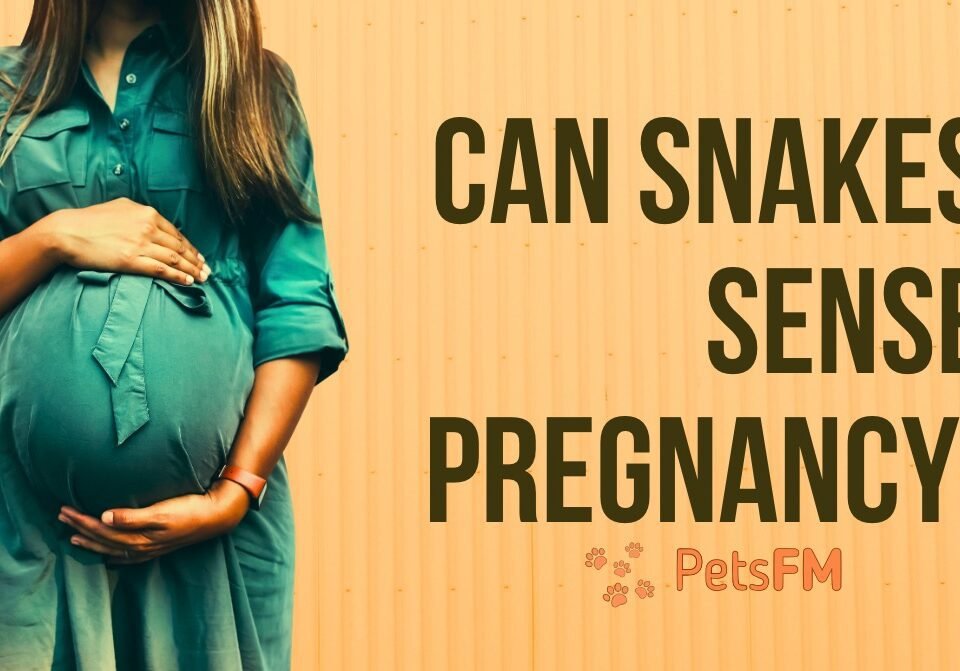


Can Garter Snakes Hurt Dogs? [Answered]
February 26, 2024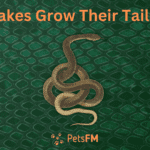


Can Snakes Grow Their Tails Back? (Answers & Facts)
February 28, 2024Snakes are fascinating creatures, often surrounded by myths and misconceptions. One question that arises is whether snakes can eat themselves to death as we’ve seen them eating themselves before.
This idea, known as “ouroboros” in ancient symbols, depicts a snake eating its tail, representing infinity and the cycle of life and death. In reality, snakes are cold-blooded reptiles that rely on their environment to regulate their body temperature.
While they are known for their ability to consume prey much larger than their heads, the notion of a snake eating itself raises questions about animal behavior and survival instincts. This blog will dive into the truth behind this phenomenon.
So, can snakes eat themselves to death?
A snake can eat itself to death- the process known as self-cannabilism or autophagy. However, they do not do it intentionally. While rare, instances of a snake attempting to eat itself usually stem from stress, illness, or confusion, not a natural behavior or survival strategy.
Snakes trying to eat themselves are exceptionally rare and often misunderstood in the wild and captivity. These reptiles, by instinct, are programmed to hunt and consume prey outside themselves. When a snake appears to attempt self-cannibalism, it is often a sign that something is wrong with its environment or health. Prompt intervention by a veterinarian or a snake expert is crucial to address the underlying issue and prevent harm to the snake.
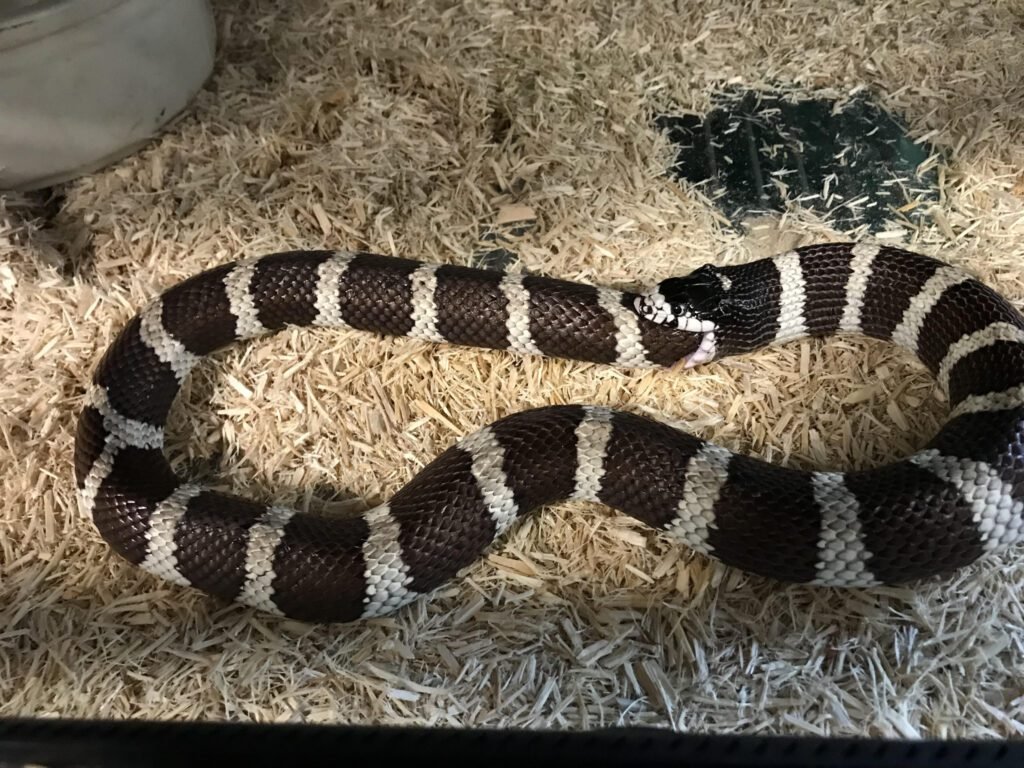

Kingsnake Eating Itself
Also, Read: Can Garter Snakes Hurt Dogs? [Answered]
Reasons why snakes eat themselves to death
Snakes might consider eating themselves due to unusual behavioral or environmental conditions. This rare phenomenon, often due to confusion, can be triggered by several factors. For example:
Stress from Confinement or Handling
Snakes can experience significant stress from being in an environment that is too small, lacks enrichment, or from being handled too frequently. This can lead to confusion and self-destructive behaviors, such as attempting to eat themselves as a misguided response to their condition.
Illness or Parasites Affecting Brain Function
Diseases or parasites that affect the snake’s brain can lead to abnormal behavior. This includes neurological disorders that might cause a snake to misinterpret its own tail as prey, leading to attempts at self-cannibalism.
Temperature Extremes Impacting Metabolism
Extreme temperatures can disrupt a snake’s metabolism, potentially causing disorientation or erratic behavior. A snake might start biting and attempting to ingest part of its body confusedly.
Malnutrition or Dehydration
A lack of proper nutrition or hydration can lead to desperation, where a snake might mistakenly see its tail as a food source, especially in severe cases of starvation.
Reflection-Induced Confusion
Snakes can become confused by their reflection in glass or mirrored surfaces, leading them to attack and try to eat what they perceive as another snake.
Mistaking Own Tail for Prey
In rare instances, a hungry snake might mistake its own tail for prey, especially if it moves in a way that triggers the snake’s predatory instincts.
Injury or Pain
An injury or pain can lead to abnormal behavior, including self-mutilation or self-cannibalism, as the snake tries to deal with the discomfort or irritation.
Chemical Imbalances
Chemical imbalances within the snake’s body, possibly due to improper diet or health issues, can lead to confusion and abnormal behaviors, including self-ingestion attempts.
Inadequate Habitat
An inadequate habitat that fails to meet the snake’s environmental needs can cause upset and confusion, potentially leading to self-harmful behaviors.
Lack of Stimulation
A lack of environmental stimulation or enrichment can lead to boredom and stress, potentially causing a snake to engage in abnormal behaviors, including attempting to eat itself as a form of misplaced activity.
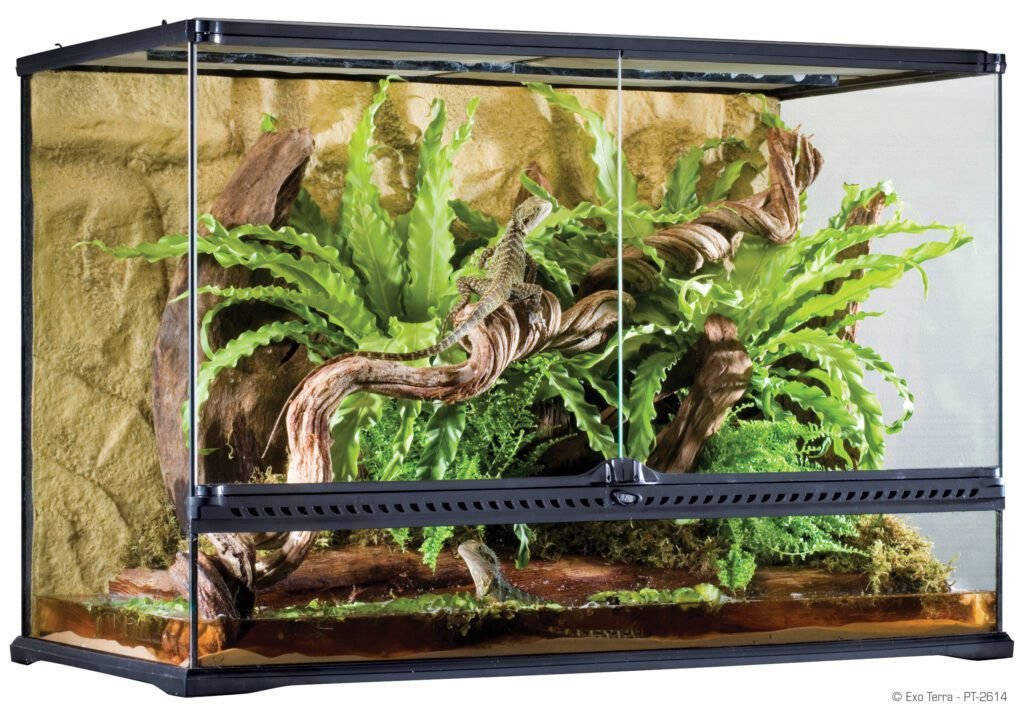

Snake Enclosure
Must Read: Can Snakes Taste Air? [Detailed Guide]
What happens when a snake tries to eat itself?
When a snake attempts to eat itself, a behavior known as “autophagy” or self-cannibalism, the consequences can be severe and potentially fatal.
Physical Injury
Attempting to consume itself can cause a snake physical harm. The act of biting and the subsequent effort to ingest part of its body can lead to wounds, infections, or even severe tissue damage. The snake’s inability to heal properly can complicate this physical trauma if it stresses or injures itself further.
Nutritional Depletion
If a snake persistently tries to eat itself, it might neglect to eat actual food, leading to nutritional deficiencies. These deficiencies can weaken the snake’s immune system, making it more susceptible to diseases and reducing its ability to heal from self-inflicted injuries.
Potential Fatality
In extreme cases, if a snake manages to ingest a significant portion of its body or causes severe physical injury in the attempt, the situation can be fatal. The physical damage, combined with the distress and possible infections, can lead to death if not addressed promptly.
Long-term Health Issues
Even if a snake survives an attempt to eat itself, the behavior can impact its health. Healing from the injuries may require intervention, such as veterinary care, and the snake may have lingering health issues or scars. Additionally, the underlying causes of the behavior, such as environmental stressors or health problems, need to be resolved to prevent a recurrence.
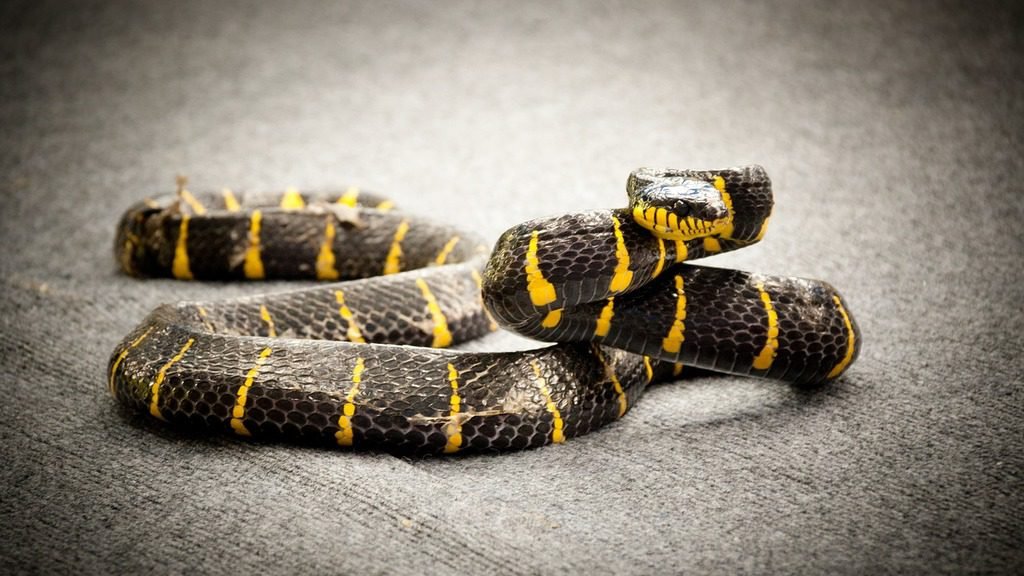

Venemous Snake
Related Read: What happens when a cat eats snakes? Things you should know
What snake species are known to eat themselves?
Snakes attempting to eat themselves is not specific to any species. It can occur across various types of snakes under certain conditions.
However, it is more commonly reported anecdotally among captive snakes rather than in specific species in the wild. This behavior, known as autophagy, is rare and typically considered abnormal, indicating a problem with the snake’s health or environment.
In captivity, species that are commonly kept as pets, such as:
- Corn Snakes (Pantherophis guttatus)
- Ball Pythons (Python regius)
- King Snakes (Lampropeltis spp.)
They might be more frequently reported to exhibit such behavior, not because they are more prone to it by nature, but simply due to their popularity in the pet trade and the conditions under which they are kept. These reports are more about individual cases rather than a species-wide tendency.
How to prevent your pet snake from eating itself?
Preventing your pet snake from attempting to eat itself involves creating a stress-free environment and ensuring its physical and mental well-being.
Here are key strategies:
- Provide a Suitable Habitat: Ensure the enclosure is the right size, has proper temperature gradients, and includes hiding spots for your snake to feel secure.
- Maintain Proper Diet and Hydration: Feed your snake a balanced diet suitable for its species and size, and ensure it always has access to fresh water.
- Regular Health Check-ups: Take your snake for regular veterinary check-ups to catch and treat any health issues early.
- Avoid Reflections: Prevent your snake from seeing its reflection by using non-reflective materials inside or around the enclosure, reducing the chance of confusion.
- Monitor Environmental Conditions: Regularly check the enclosure’s humidity, temperature, and cleanliness to keep your snake comfortable.
- Provide Environmental Enrichment: Include appropriate enrichment in the enclosure, like branches for climbing or tunnels, to stimulate your snake’s natural behaviors.
- Observe Behavior Regularly: Pay attention to any changes in behavior that might indicate stress or health problems, allowing for prompt intervention.
- Keep the Diet Varied: Offering a variety of prey can prevent boredom and nutritional deficiencies, contributing to overall health.
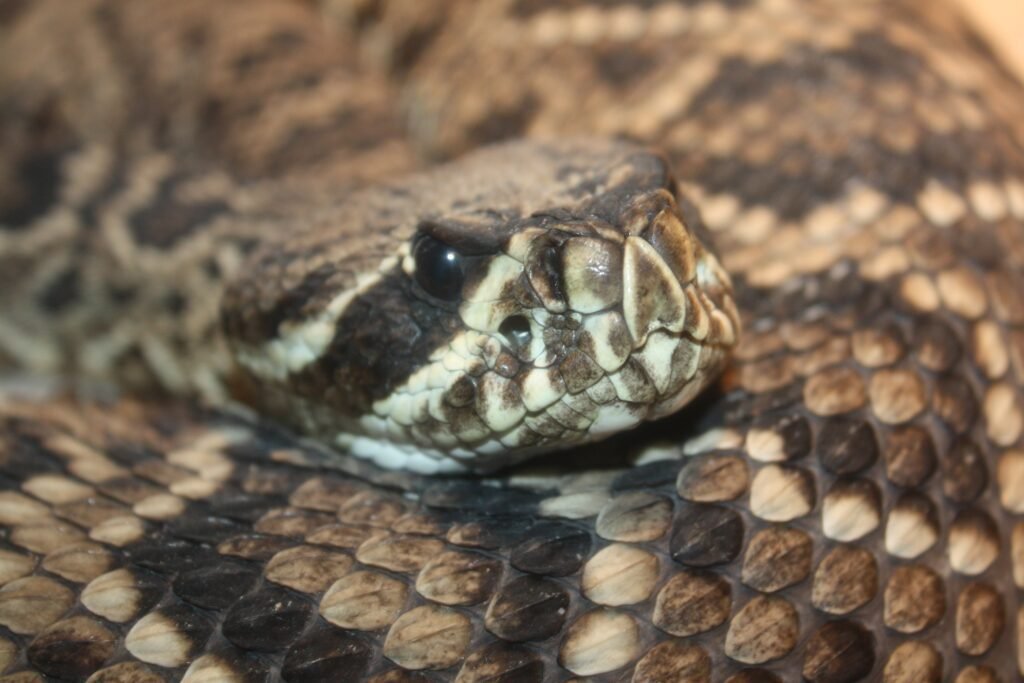

Eastern Diamondback Rattlesnake
Editor’s Pick: Can snakes be pets? (Do they like being a pet?) Pros/Cons
FAQs
How common is self-cannibalism among wild snakes compared to those in captivity?
Self-cannibalism is exceedingly rare in wild snakes and is more often reported in captive snakes. This discrepancy is likely due to the controlled environments of captivity, which can introduce stressors not present in the wild, such as improper temperature regulation, inadequate space, or reflection-induced confusion.
Can a snake survive after attempting to eat itself?
Yes, a snake can survive after attempting to eat itself if the behavior is noticed and intervened early. Immediate veterinary care can address any injuries or underlying health issues, but the snake’s survival largely depends on the extent of the damage and the quickness of the response.
Are certain snake species more prone to self-cannibalism due to their dietary habits?
No evidence suggests that a snake’s dietary habits influence self-cannibalism behavior. Self-cannibalism is a stress or health-related behavior, not a dietary choice. Both carnivores and species with specific dietary preferences in the wild can exhibit this behavior under specific conditions or if suffering from health issues.
How can I monitor my snake’s health to prevent self-cannibalism?
Regularly observing your snake’s behavior, appetite, and physical condition is crucial. Be alert to changes, such as a lack of interest in food, lethargy, or unusual aggression. Regular veterinary check-ups are essential to catch and treat any health issues early.
Does the size of the snake affect its likelihood to engage in self-cannibalism?
Size is not a direct factor in the likelihood of self-cannibalism. However, the enclosure’s size and the environment’s adequacy to meet a larger snake’s needs can play a role. Larger snakes require more space and environmental enrichment to prevent boredom, potentially reducing the risk of self-harmful behaviors.
Conclusion
In conclusion, snakes attempting to eat themselves is a rare and concerning behavior indicative of stress, illness, or environmental inadequacies.
Understanding and addressing the underlying causes are crucial for preventing this abnormal behavior, emphasizing the importance of proper care, a suitable habitat, and regular health monitoring for the well-being of pet snakes.



